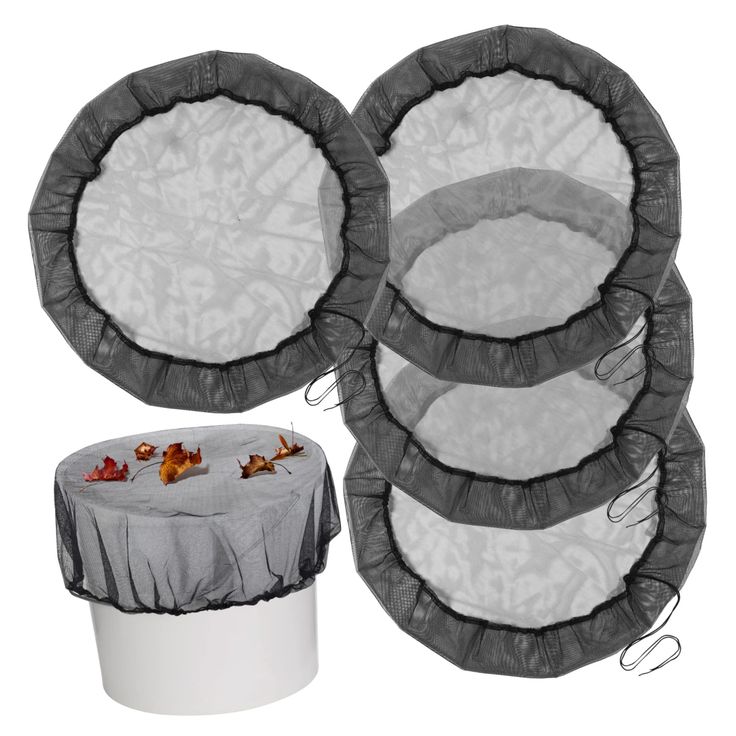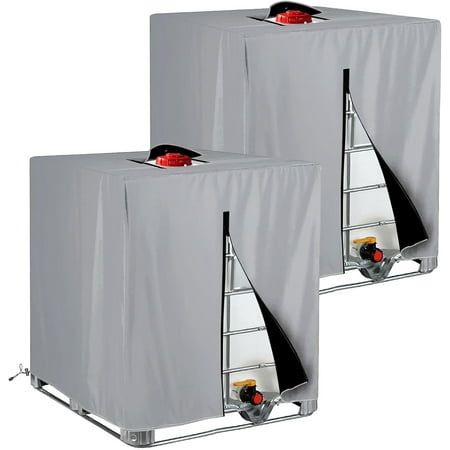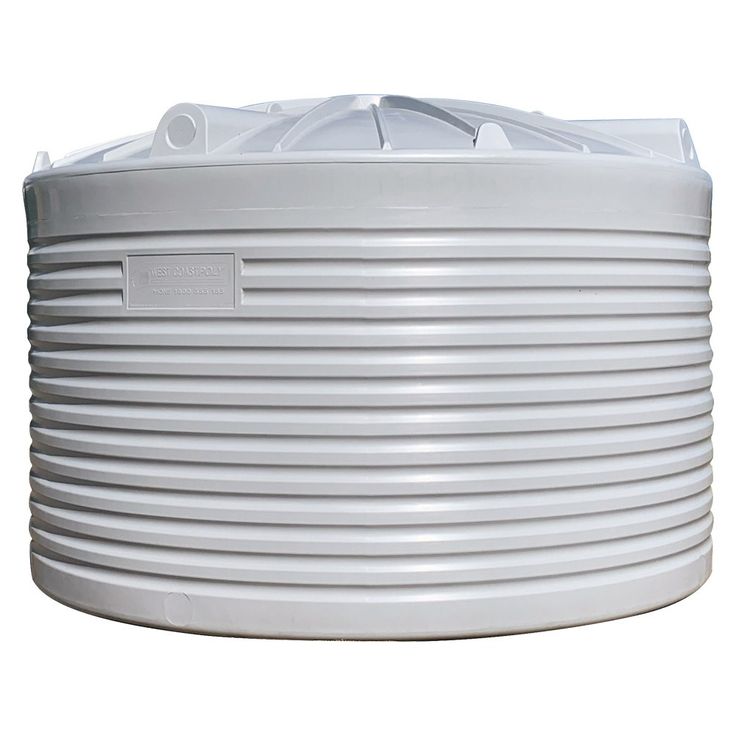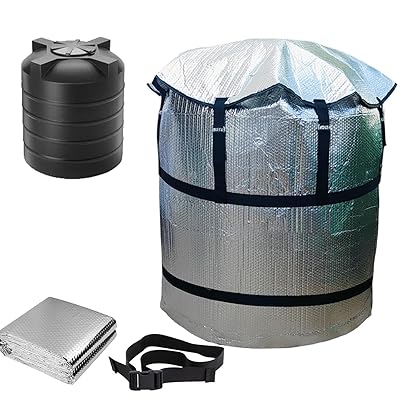Introduction
Water is a vital resource, and protecting it in storage tanks is critical for households, businesses, and industries. The best cover for a water tank ensures water remains clean, safe, and usable by shielding it from contaminants, evaporation, and environmental factors. This guide explores why covers are essential, the types available, and how to select the best cover for your water tank in 2025.
Importance of Water Tank Covers
Water tank covers are more than just accessories; they are critical for maintaining water quality and system efficiency. Here’s why they matter:
-
Contamination Prevention: Uncovered tanks are vulnerable to animals, insects, and debris, which can introduce pathogens or pollutants. Covers create a protective barrier, ensuring water safety (FF Cleaning Services).
-
Evaporation Reduction: In hot climates, uncovered tanks lose water to evaporation, increasing refilling costs. Covers minimize this loss, conserving water (Well Water Solutions).
-
Algae and Bacteria Control: Sunlight promotes algae and bacterial growth, which can render water unsafe. Covers block sunlight, reducing these risks.
-
Temperature Regulation: Covers, especially insulated ones, maintain stable water temperatures, preventing overheating or freezing.
-
System Longevity: By protecting tanks from UV rays and debris, covers extend the lifespan of the tank material, particularly for plastic tanks sensitive to sunlight (Nova Water Tank Cover).
Types of Water Tank Covers
Choosing the best cover for your water tank depends on its type, size, and purpose. Below are the main types available:
Net Covers
-
Description: Mesh-like covers that allow air and some light to pass through while blocking larger debris and animals.
-
Benefits: Affordable, easy to install, and suitable for basic protection.
-
Best For: Small to medium tanks in areas where full sealing isn’t required.
-
Example Use: Residential tanks for non-potable water.

Credit: Pinterest
Floating Covers
-
Description: Covers that float on the water’s surface, adjusting with the water level.
-
Benefits: Reduce evaporation, limit algae growth, and keep out contaminants. Ideal for tanks with chemicals or high evaporation rates.
-
Best For: Larger tanks or industrial applications in hot climates.
-
Example Use: Agricultural or chemical storage tanks (Well Water Solutions).

Credit: Pinterest
Solid Covers
-
Description: Rigid or semi-rigid covers that fully seal the tank’s top.
-
Benefits: Offer maximum protection against contamination, evaporation, and sunlight. Some can support weight for additional uses.
-
Best For: Residential and commercial tanks requiring complete sealing.
-
Example Use: Drinking water tanks (Tank Depot).

Credit: Pinterest
Insulation Covers
-
Description: Covers designed to regulate water temperature, often made from foam or fiberglass.
-
Benefits: Prevent freezing in cold climates and keep water cool in hot weather. Many are UV-resistant.
-
Best For: Regions with extreme temperatures.
-
Example Use: Plastic tanks in desert or arctic environments (Nova Water Tank Cover).

Membrane Covers
-
Description: Flexible sheets stretched across the tank’s top, often used for large tanks.
-
Benefits: Durable, customizable for irregular shapes, and long-lasting.
-
Best For: Industrial or large-scale water storage.
-
Example Use: Municipal water reservoirs (Water Storage Tanks, Inc.).

|
Cover Type |
Best For |
Key Benefits |
Drawbacks |
|---|---|---|---|
|
Net Covers |
Small tanks |
Affordable and easy to install |
Limited protection from light |
|
Floating Covers |
Large tanks |
Reduces evaporation and algae |
May require maintenance |
|
Solid Covers |
Drinking water |
Maximum protection |
Higher cost |
|
Insulation Covers |
Extreme climates |
Temperature regulation |
Can be expensive |
|
Membrane Covers |
Industrial use |
Durable, customizable |
Complex installation |
Factors to Consider When Choosing the Best Cover
To select the best cover for your water tank, consider the following:
-
Tank Size and Shape: Measure your tank’s dimensions to ensure a snug fit. Covers that are too loose may allow contaminants to enter (Nova Water Tank Cover Sizes).
-
Tank Material: Plastic tanks need UV-resistant covers to prevent degradation, while metal tanks may require metallic covers to avoid rust (Nova Water Tank Cover).
-
Environmental Conditions: In windy areas, secure covers are essential. Hot climates benefit from insulation or floating covers, while cold regions need freeze protection.
-
Water Usage: For potable water, choose fully sealed solid or insulation covers to ensure hygiene. Non-potable water may suffice with net covers.
-
Budget: Net covers are the most affordable, while insulation and membrane covers are pricier but offer greater protection.
-
Ease of Installation: Net and floating covers are typically DIY-friendly, while membrane or large solid covers may require professional installation.
-
Maintenance Needs: Choose covers that are easy to clean and inspect for wear.
Installation and Maintenance Tips
Proper installation and maintenance Ensure your water tank cover performs effectively:
-
Installation:
-
Follow manufacturer guidelines. For net covers, secure them tightly to prevent wind displacement.
-
Solid and membrane covers may need professional installation, especially for large tanks (Water Storage Tanks, Inc.).
-
Ensure no gaps exist where contaminants could enter.
-
-
Maintenance:
-
Inspect covers regularly for tears, holes, or wear.
-
Clean covers to remove dirt or debris, especially after storms.
-
For floating covers, ensure they move freely with the water level to avoid sticking to tank sides.
-
Replace damaged covers promptly to maintain protection.
-
Top Water Tank Covers for 2025
While specific products vary by region and supplier, the best cover for your water tank in 2025 should prioritize durability, fit, and environmental suitability. Here are some notable options:
-
Nova Guard Insulation Covers (Nova Water Tank Cover): These 11-layer, leak-proof covers are ideal for plastic tanks. They protect against UV rays, balance water temperature, and prevent contamination, making them perfect for residential use in extreme climates.
-
Tank Depot Lids and Covers (Tank Depot): Offers a wide range of solid and floating covers for various tank sizes, suitable for both residential and commercial applications.
-
Well Water Solutions Net and Floating Covers (Well Water Solutions): Cost-effective options for basic protection and evaporation control, ideal for agricultural or larger tanks.
-
Creative Composites Group Fiberglass Covers (Creative Composites Group): High-strength, corrosion-resistant covers for industrial wastewater tanks, offering long-term durability.
-
LBS Horticulture Covers (LBS Horticulture): Includes polypropylene and galvanized steel covers, great for irrigation tanks needing UV and algae protection.
When selecting a cover, check customer reviews for reliability and ensure the product matches your tank’s specifications. Local suppliers may also offer tailored solutions.
Conclusion
Choosing the best cover for your water tank is a critical step in safeguarding your water supply. By preventing contamination, reducing evaporation, and controlling algae growth, a high-quality cover ensures clean, safe water while extending your tank’s lifespan. Consider your tank’s size, material, and local conditions, and explore reputable brands like Nova Guard or Tank Depot to find the perfect fit. With the right cover, you can protect your water and contribute to sustainable water management in 2025.